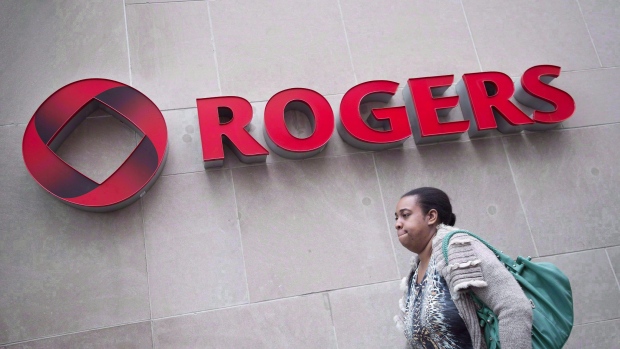May 11, 2016
Rogers to move Mobilicity customers to discount brand Chatr

Rogers Communications Inc. is preparing to migrate Mobilicity customers over to Chatr, another one of the company’s discount wireless brands.
The company will stop accepting new Mobilicity customers on Aug. 15 and begin moving them on to the Chatr brand after that. Like Mobilicity, Chatr is a prepaid option and does not require its customers to sign term contracts.
Rogers will also convert a “large number” of its 180 Mobilicity dealers to Chatr branded stores and kiosks, which will have “1,500 points of presence,” the company says.
Wireless technology website Mobile Syrup reported on Rogers’s plans to retire the brand on Tuesday and the company posted an FAQ page with information on the transition for its Mobilicity customers.
The details of new plans and devices are not finalized yet, but Rogers spokesman Andrew Garas said Mobilicity subscribers should keep using their plans as they have been and added that the company will open an online portal in the summer to explain customers’ options, which will include similar features.
“We are working very hard to make this transition as smooth as possible and we’ll share more details with our new customers in the coming months,” Shailendra Gujarati, vice-president of Chatr Mobile, said in an e-mailed statement.
“Almost everyone will be able to bring their current phone over to Chatr mobile. We are working through the details of device compatibility and will reach out to customers if they need a new device,” the company said on the FAQ page.
Rogers acquired Mobilicity and its 150,000 customers in June, 2015, and said last summer it was keeping the startup’s management team but had no immediate plans for the brand.
Its first step was moving Mobilicity subscribers on to the Rogers network and customer-care systems and, during a press conference following the company’s annual general meeting on April 19, Rogers CEO Guy Laurence said that work was done.
“As we said, we’d keep the brand going for as long as we felt it was necessary. My view is at some stage we’ll migrate them on to one of the other brands. The main thing was to improve their experience [by moving them on to the Rogers network],” he said at the time. “I’m not in any hurry, there’s no reason to accelerate it.”
Mr. Laurence said Rogers did not need the Mobilicity brand to compete with Wind Mobile’s less expensive offerings as it already competes with its other brands. The company operates Chatr and Fido in addition to its main Rogers wireless brand. In recent years it has positioned the main brand to target families interested in sharing data plans and aimed Fido at millennials.
Chatr is the company’s deepest discount brand, which it launched in 2010 to more directly take on the unlimited talk-and-text offers of new entrants like Mobilicity. The brand was caught up in a Competition Bureau lawsuit and the company was ordered to pay a fine of $500,000 in 2014 after the Ontario Superior Court of Justice found it did not conduct adequate tests to back up a claim that Chatr offered better coverage than rivals.
The end of the Mobilicity brand – although perhaps inevitable – marks another step in the consolidation of the Canadian wireless landscape.
Mobilicity was one of a trio of new-entrant wireless carriers that launched after buying cellular airwaves in a public spectrum auction in 2008. All three faced challenges with their initial business plans and projections and encountered fierce opposition from Canada’s incumbent wireless carriers, Rogers, Telus Corp. and BCE Inc.
Telus purchased Public Mobile in 2013 and although the federal government resisted Mobilicity’s sale to one of the incumbents, Ottawa allowed Rogers to buy the carrier for $465-million last year on the condition that it divest swaths of spectrum to Wind Mobile, the third new entrant.
Wind Mobile is the only new-entrant brand that will remain after Mobilicity transitions to Chatr. Yet even Wind is no longer independent – the company struck a $1.6-billion deal to sell to Shaw Communications Inc., which doesn’t have a wireless business of its own, late last year and the transaction closed in March.
While the new entrants operated in Ontario, British Columbia and Alberta, regional telecom companies have launched or bolstered their own wireless offerings in recent years, creating some competition with the Big Three carriers in other provinces. However, last week’s $3.1-billion deal for BCE Inc. to buy Manitoba Telecom Services Inc. threatens to eliminate one of those alternatives in Manitoba if that deal is approved.
Canada’s incumbents also swallowed an earlier wave of wireless new entrants that launched in the late 1990s, with Rogers acquiring Microcell and Telus buying Clearnet



